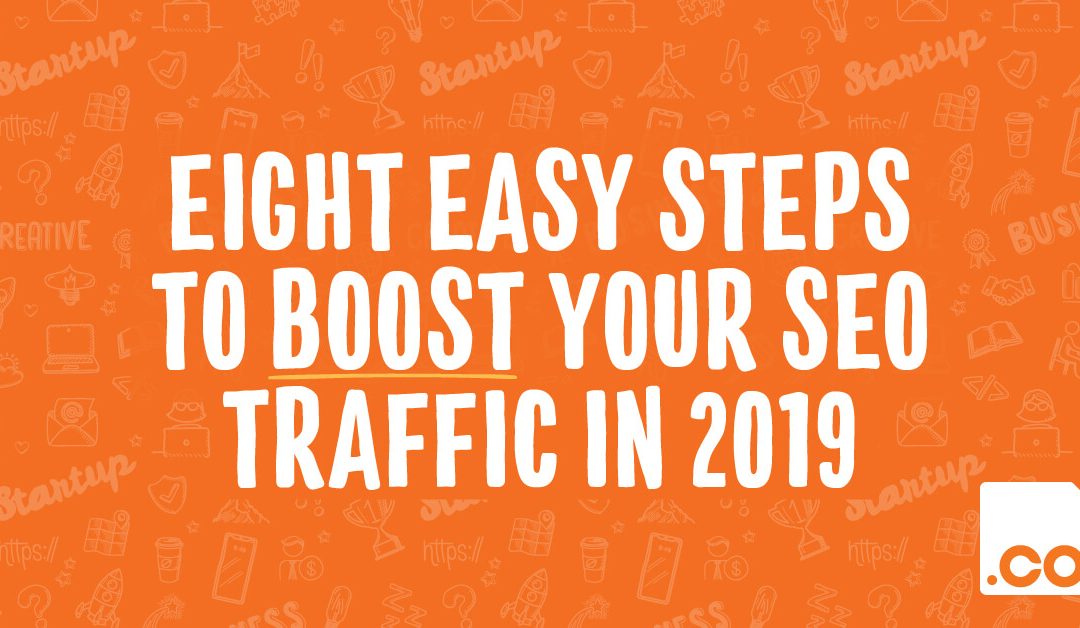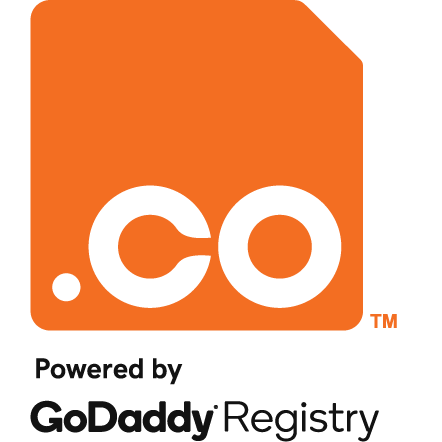You’ve built a beautiful website, but your traffic statistics look disappointing: there’s not many visitors reaching your website. Since Google changes its algorithm over 500 times a year, it’s essential to make optimizing your website one of your priorities. If you’d like to learn 7 things you can apply right now to boost your SEO traffic in an ethical and sustainable way, then read on!
- Provide Outstanding Content
It’s essential to build a strong content base on your site. There are many different, techniques and strategies on how to boost SEO Traffic, but if the content itself doesn’t bring maximum value to the readers, your website will fail in the long run.
It is important to consider who your ideal customer is. Then, you can begin creating the content that directly targets what this specific type of customer wants to learn.
Additionally, providing quality content saves you from Google’s manual penalties and increases the authority of your website in the long term. If you start now, you can reap the benefits in the future.
How do you know what to publish content on?
Say your website sells online banjo courses and lessons, here’s an easy way to find topics to publish content on.

Type one of your main keywords into Google and make your way down to the People also ask or Related searches section of the results page. These will often give you great ideas for content. What’s best about this method is that you know they are relevant because they came up with your keywords and you know people are searching for them because, again, Google wouldn’t put them there if they weren’t.

- Put Emphasis on Keyword Research
A common mistake in website optimization is choosing the wrong keywords. Each keyword has its own story and its own level of market demand.
There are two types of keywords:
- Primary keywords
The primary keyword is the main target keyword for the page. It often has the most search volume: however, it’s also the most competitive one. We’d recommend searching for the keywords in SERPs (Search Engine Results Page) and then using Google Keyword Planner to sort out the best ones.
Once you have written down the keyword you want to rank for, you will get the list of keyword ideas alongside the relevant metrics:

- Secondary keywords
Secondary keywords form a group of keywords you can win by properly optimizing for the top-level phrase. They follow the primary keywords and it often makes sense for them to appear on your target page. You can look for them in Google Related searches, Google Trends, or Google AutoSuggest.

Example: Auto Suggest
- Choose your domain name wisely
Choosing your domain name is not a split second decision – it requires a bit of consideration. Although it’s not technically proven a domain name will directly boost SEO performance, there’s a number of things to consider when choosing your domain from an SEO point of view:
– Location
If you are a local business, consider choosing a local domain space which shows your customers you are from there. For instance, if you run Penguin tours in Melbourne, registering PenguinTours.melbourne will help your prospects recognize you as a Melbourne located business and they may be more likely to click on your site.
– All domain spaces are not equal
Some domain spaces, we won’t name them here, are more associated with spam or low quality sites. They may be cheap to register, but it’s better to stay away from them for your business. More premium, reputable domain spaces, such as .com or .co are more trusted by potential customers and hence more valuable to your online business.
– Stay away from really long domain names
Long domain names are hard to remember, easy to misspell, and don’t look good on your marketing collateral. Choosing short domain names and keeping it simple is always a good idea. So if your business name is Bill and Andrew’s Non Dairy Ice Cream Company, instead of registering the full business name, the domain BANDIcecream.co might be a better way to go.
- Transition to HTTPS
It’s a good idea to switch to HTTPS, if you haven’t done it yet. HTTPS (Hypertext Transfer Protocol Secure), is the secured url preferred by search engines. Since 2014, Google has considered HTTPS as a ranking factor. (For further reading on the top 10 ranking factors, see here.)
Usually hosting providers sell SSL certificates, making them easy to purchase. Additionally, Google has created a guide with recommendations on the migration process from HTTP to HTTPS, which can help get you started.

- Take advantage of on page SEO tools
It’s important not to underestimate the power of optimizing your website step by step.
Fortunately, there are great on-page tools that will help you split the optimization of your website into several steps. One tool is the PageOptimizer Pro – a computational competitor analysis tool for on-page SEO. It tells you how well your page is optimized for your keyword, and it suggests changes you can implement to improve rankings. It gives you insight into the steps your competitors are taking to improve their rankings as well. In fact, it can tell you that a page is over optimized as well as under optimized!
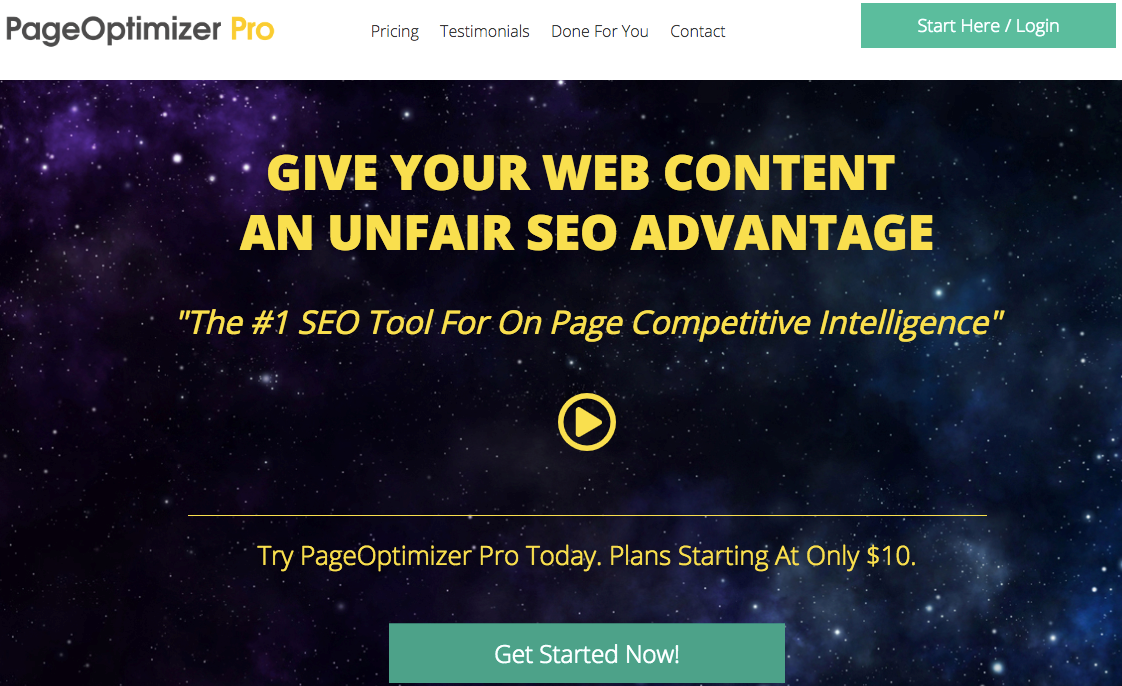
- Build local citations
Getting your website listed on top-rated citation websites is standard for local businesses. But why build citations in the first place? It increases the trustworthiness of your website – both for search engines and for customers. Additionally, keeping NAP (Name, Address, Phone Number) consistent helps to drive more organic traffic to the business website.
There are several tools that can help with citation building — we really like Bright Local, it’s easy to use and does a lot of the annoying work for you.
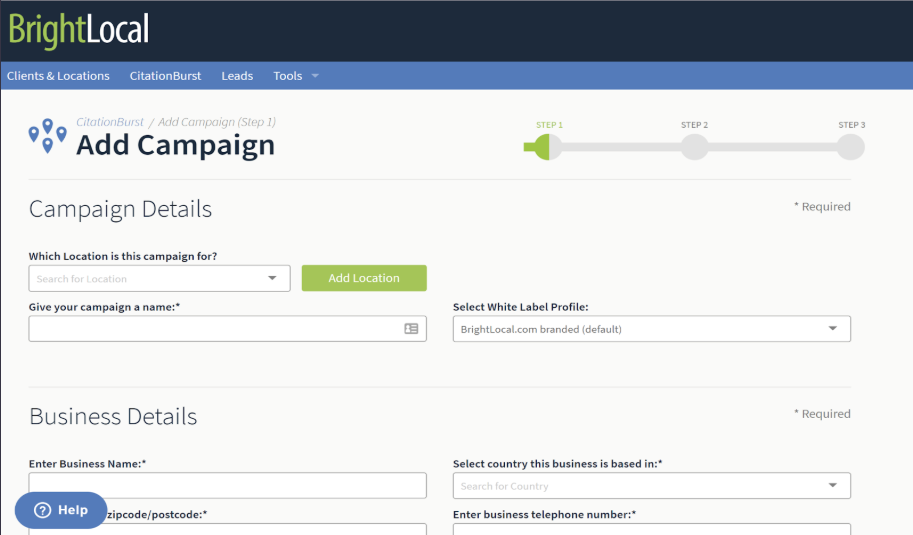
- Google My Business Local SEO tip
Google My Business (GMB) is a free Google tool to help businesses manage their online presence around the web, including Google Maps. This is a special tool that you can use to make your local website more visible to your target audience.
After you’ve added all the essential information about your business, (name, address, phone number, business hours, ect.) you should add at least 3-5 images. One trick that we use on Google My Business is the use of original images — images that haven’t yet been published online — and the use of a location tag for each photo. There are multiple free tools that can help you with geo tagging your images.
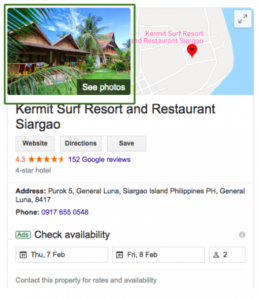
- Monitor success through Google Search Console
Monitoring success goes hand in hand with taking active steps to boost traffic. When you monitor your success, you can know exactly what worked well and what should be improved. Google Analytics, as well as Google Search Console, are great free tools.
Google Analytics should become your basic tool to track your traffic statistics. It will show you all the traffic data you need: where your traffic comes from, when, how long people stay on your site, where they go after they land and what pages they convert on.
Google Search Console is another free Google Tool that tracks the performance of your website. Using Google Search Console, you can understand how Google sees your website and most importantly, the keywords users typed into find your site and how you rank for each of them.

We’ve now touched on seven things that will help you boost your traffic in an ethical and sustainable way: creating valuable content, doing your keyword research, choosing your domain name wisely, switching to HTTPS, taking advantage of on page SEO tools, hacking GMB, building citations and monitoring your success. Choose which tactics work best for you, but by using a combination of the tactics in this post, you will soon see significant improvement in your keyword rankings and website traffic. Now get started! We’d love to hear how you did (contact info in the About Us section).
About us:
High Voltage SEO Agency is a bespoke SEO firm based in Melbourne, Berlin and Phoenix.
We build and implement custom SEO strategies for small to large enterprises and invest heavily in research and testing, having conducted over 250 experiments on the Google Algorithm in the past 3 years. Follow us on Facebook at HighVoltageSEO or email the boss directly at andy@hvseo.co.

